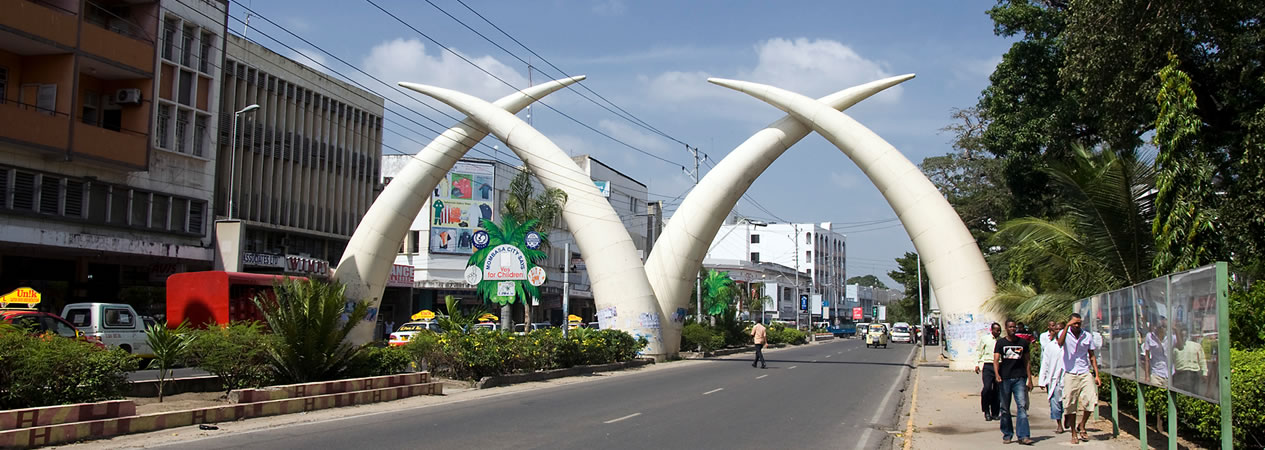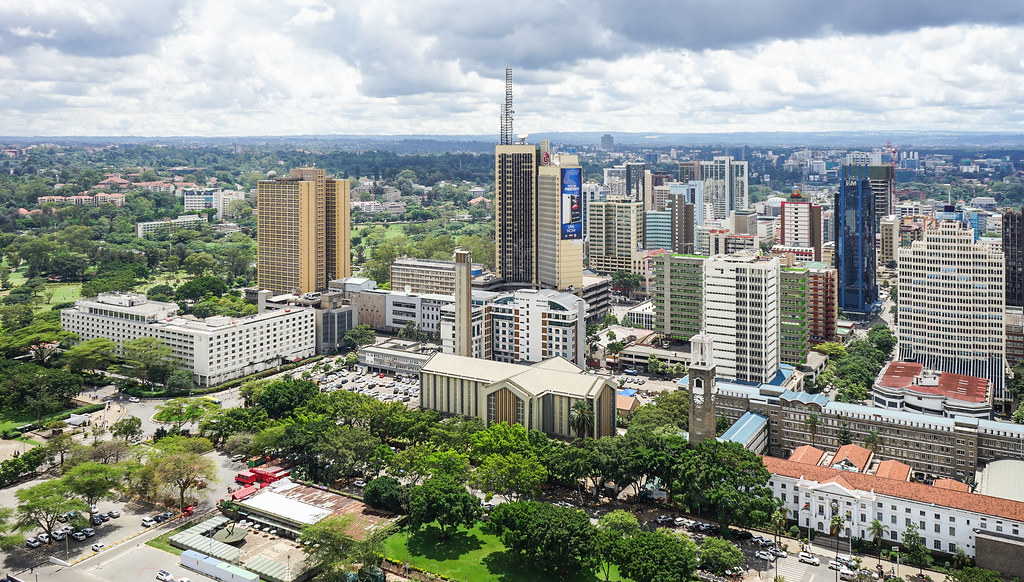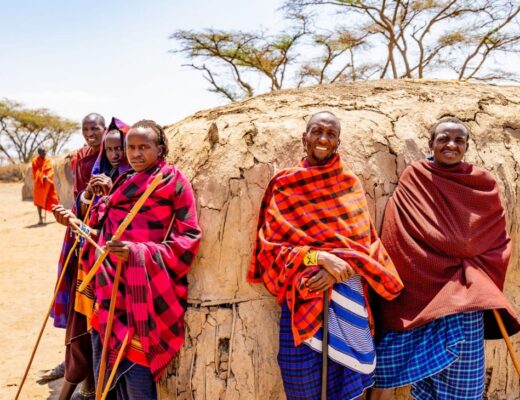Mombasa is a coastal city of Kenya established in 900 AD and has the Kenyan history as a commercial, cosmopolitan port town built on an island and which later saw it being expanded to mainland earning itself a spot as the oldest and second largest city in Kenya after Nairobi with harboring an about 1.4 million people by 2016 the time the Kenyan government carried out a population census. The island city of Mombasa is connected to the mainland by bridges and ferries providing its occupants and tourists a link to the true heart of Mombasa in the old town as they pass via the narrow winding streets dominated by the Arabic architecture which currently makes the modern Mombasa the headquarters of Mombasa County rich in historic events and progressions are valued with its busy port.
The foundation of Mombasa undeniably lies with Mwana Mkisi and Shehe Mvita, who were the two rulers and legend has it that, the original ancestor of Mombasa’s oldest lineages within Thenashara Taifa (Twelve Nations) Families is Mwana Mkisi and the original occupants of Mombasa and she was a pagan queen believed to have founded Kongowea, an area of settlement in the North Coast suburb of Mombasa.
During the visit of Mombasa by the famous Moroccan scholar and traveler Ibn Battuta, he said the people of Mombasa and the entire Swahili coast were Shafi’i Muslims, religious, trustworthy and righteous people after spending just one night. Several explorers visited this town including the Arabic geographer who mentioned about Mombosa in 1151.
Mombasa has the oldest stone mosque in it called Mnara which was built in 1300 AD and several others like the Mandhry Mosque established in 1570, a clear illustration that Swahili architecture was an indigenous African product. Commercially, history displays that Mombasa had trade links with Cholas of South India up to the present day, with their exports then being ivory, sesamum, millet and coconuts.
Politically, Mombasa has been under different Administrations who had great influence over the people and their daily activities, these administrations included;
The Portuguese rule
After the visit made by the Portuguese explorer Vasco Da Gama in 1495 making him the first British to visit the coastal town, within a period of two years the Portuguese had taken over the coastal town but in 1502, the sultanate became independent from Kilwa Kisiwani and which made it renamed to be called Mvita, a Swahili word or Manbasa in Arabic language. In 1528, Portugal launched an attack again which made them reclaim control of the Mombasa. In 1585, the Somalis of Ajuran Empire and the Turks of Ottoman Empire led by Emir ‘Ali Bey managed to bring Mombasa and other coastal centres in Southeast Africa under their control from the Portuguese rule making only Malindi a Portuguese colony.
In 1631, Dom Jeronimo butchered the entire Portuguese garrison after they had completed building Fort Jesus under the rule of members of the ruling family of Malindi. Dom Jeronimo was the ruler of Mombasa who left Mombasa to become a pirate in 1632 and that same year the Portuguese made their way back and activated direct rule in Mombasa.
The Oman rule
After capturing Fort Jesus in 1698, Imamate of Oman was in charge alongside his subordinates who on the island of Unguja, his rule came with lots of local rebellions in different years, there were different rulers as indicated below;
Imam Sa’if ibn Sultan took over the leadership on 12 December 1698 – December 1698, Nasr ibn Abdallah al-Mazru’i from December 1698 – 1728 and Shaykh Rumba from 1728–12 March 1728 and this same year the Portuguese again claimed control of Mombasa under captain-major Álvaro Caetano de Melo Castro on 12th March 1728 up to 21st September 1729, before other four new Omani Liwali to 1746.
Then on the 9th February, 1824 to 25th July 1826, Mombasa became a British protectorate with Governors as representatives but the Omani rule was restored in 1826 which led to the appointment of seven liwalis. But on 24th June, 1837, Mombasa was taken over by Said bin Sultan of Muscat and Oman.
British rule
On 25th May, 1887, the British took over Mombasa was making it the British East Africa Association, thereafter changing it to the Imperial British East Africa Company and Mombasa was made the capital of the British East Africa Protectorate and the sea terminal serving the Uganda Railway whose construction was initiated in 1896.
Between 1887 and 1906, the capital was later moved from Mombasa to Nairobi which is the capital of Kenya up to date because medical officers warned that the ground was swampy and advised Sir James Hayes Sadler who was then Commissioner of the East Africa Protectorate. He pleaded with London which later accepted to shift the capital to Nairobi.
Many workers termed as the Indian Coolies were shipped in from the British India who aided the railway line construction through giving manpower. In 1898, the Sultan of Zanzibar formally presented the town to the British and Mombasa became the capital of the Protectorate of Kenya.
TOURIST ATTRACTIONS
Mombasa is not only richly blessed with history but also other tourist attractions some as a result of the existence of colonial rule and others natural existed, among them include includes these famous ones;
Fort Jesus
This fort is found in Old Town, Mombasa and it was designed by Giovanni Battista Cairati, an Italian engineer and construction was commenced and completed between 1593 and 1596 following under very strict orders of King Philip I of Portugal and the main reason for constructing the port was to guard the Old Port of Mombasa and it became the only fort under Portuguese maintenance on the Swahili Coast.
White sand beaches
Mombasa is the perfect place for a beach holiday on white sand beaches like Nyali, Bamburi,Shelly, Tiwi, Shanzu and Diani which all provide visitors with refreshing water, relaxation and recreational facilities. All these white sand beaches can be found in Northern and Southern parts of Mombasa.
Mombasa Marine National Park and Reserve
It was established in 1986 on 100 square kilometer piece of land and the reserve covers about 200 square kilometers, there are swaying coconut palms on white sandy beaches protecting marine life and migratory birds.
Old Town
This old town has been in existence since the 15th century it has a concentration of Portuguese and Islamic architecture and it is located on the south-eastern part of Mombasa Island eating up 72 hectares and harbors a mix of indigenous people not forgetting the Arabs, Asians, Portuguese and British settlers.
Haller National Park
Haller Park used to be a limestone quarry but was later turned into a wildlife viewing place by Dr. Haller who started it by adding the mineral content of the soil, planted trees, added a fish farm, then later established wildlife animals like the Cape buffalo, waterbucks, giraffes, zebras, hippos and 160 bird species, and a famous interspecies couple that became an Internet sensation after the 130-year-old tortoise named Mzee adopted Owen, an orphaned hippo.
Come experience and discover the rich history of Mombasa town , Kenya most popular coastal destination. You can go a guided tour or rent a car in Mombasa for self drive trip and explore all the attractions. Nairobi Car Rental Services organizes tours around Kenya and would be more than happy to get you rental car + driver at affordable rates, simply send us an email to info@nairobicarrentalservices.com or call us on +254-713510387 to speak with the reseravtions team.



